If you’re in the market for a financial product, you probably have more options than you realise. There are hundreds of entities that are licensed to take your deposits through savings accounts or term deposits. If we’re talking loans, there are thousands. This means you’re spoiled for choice, but it can also be a bit confusing, not to mention overwhelming, to sort through all of your options. Thankfully, virtually every financial institution that operates in Australia fits into one of three categories. We’ll explain all three, and hopefully make it clear what services you can expect from each.
What is a bank?
A bank is a financial service with an authorised deposit-taking institution (ADI) licence that allows it to accept customer deposits. Generally, a bank pays customers interest on deposits, and uses these deposits to fund loans on which it earns interest itself, of course at higher rates. Most major retail banks are commercial, run for profit and listed on the ASX. There are alternatives that aren’t, but we’ll get to that.
As of June 2024, these were the top ten biggest banks in Australia by value of customer deposits:
|
Rank |
Bank |
Value (billion) |
|
1 |
Commonwealth Bank |
$390.986 |
|
2 |
Westpac |
$305.005 |
|
3 |
NAB |
$203.708 |
|
4 |
ANZ |
$172.904 |
|
5 |
Macquarie Bank |
$63.753 |
|
6 |
ING Bank |
$49.784 |
|
7 |
Bendigo & Adelaide Bank |
$44.688 |
|
8 |
Suncorp |
$34.986 |
|
9 |
Bank of Queensland |
$33.573 |
|
10 |
HSBC |
$17.797 |
And by the size of home loan book (both owner-occupier and investment):
|
Rank |
Bank |
Value (billion) |
|
1 |
Commonwealth Bank |
$551.90 |
|
2 |
Westpac |
$469.50 |
|
3 |
NAB |
$319.20 |
|
4 |
ANZ |
$296.50 |
|
5 |
Macquarie Bank |
$116.80 |
|
6 |
ING Bank |
$67.00 |
|
7 |
Bendigo & Adelaide Bank |
$59.50 |
|
8 |
Bank of Queensland |
$56.20 |
|
9 |
Suncorp |
$47.20 |
|
10 |
HSBC |
$30.20 |
The ‘big four’ banks
The banking sector in Australia is dominated by four institutions: Commonwealth Bank, Westpac, NAB and ANZ, often called the ‘big four’. Almost 75% of outstanding mortgages are with one of these four, along with roughly 74% of all customer deposits. This makes Australia one of the most consolidated banking sectors in the world, which concerns some people - in 2023 the ACCC tried to prevent ANZ from acquiring Suncorp because of the risk it would further entrench the dominance of the big four, and increase the chance of non-competitive pricing, which is bad for consumers. This decision was overturned by the Australian Competition Tribunal.
As we discuss below, the retail bank sector is far larger than the not-for-profit, customer-owned sector.
Lender Home Loan Interest Rate Comparison Rate* Monthly Repayment Repayment type Rate Type Offset Redraw Ongoing Fees Upfront Fees Max LVR Lump Sum Repayment Extra Repayments Split Loan Option Tags Features Link Compare Promoted Product Disclosure
Promoted
Disclosure
Promoted
Disclosure
Promoted
Disclosure
Disclosure
What is a credit union?
Customer-owned banks, such as credit unions, building societies and mutual banks are ADIs owned by members. They usually operate pretty much like regular banks, except there are no shareholders - they are primarily operated to serve customers, rather than generate a profit for investors.
As Stephanie Elliott - Chief Operating Officer of the Customer Owned Banking Association - told the Savings Tip Jar podcast in 2023:
A shareholder-owned bank needs to provide dividends and returns to its shareholders, which can create a conflict between what's good for the bank's owners (being its shareholders) and what's good for the bank's customers. A customer-owned bank is different to this because it doesn't have this conflict, and this is because the customers and the owners in a customer-owned bank are one and the same. So there’s a fundamental difference there, because it means that these banks exist only to serve their customers. And that means that all of the profits that the bank makes are reinvested back in to do good for the customers and the community
They are sometimes industry specific: Teachers Mutual Bank and Firefighters Mutual Bank are examples of customer owned banks that only offer services to employees in their sectors. Others, like Heritage Bank or Great Southern Bank, offer services available to everyone.
While plenty of Aussies do their banking with customer-owned banks, there’s still a way to go before challenging the majors. Per KPMG’s Mutuals Industry Review 2023, mutual banks hold just 2.7% of the total assets across all ADIs. The largest mutual bank - Heritage and People’s Choice - held about $24 billion in assets as of 2023. Commonwealth Bank and Westpac both hold over $1 trillion each.
Top 10 credit unions in Australia
There are more than 70 customer-owned banks in Australia. The biggest (by total assets) according to KPMG's 2023 report are:
-
Heritage and People’s Choice
-
Newcastle Greater Mutual Group
-
Great Southern Bank
-
Teacher’s Mutual Bank
-
Bank Australia
-
Beyond Bank
-
P&N Bank
-
IMB Bank
-
Qudos Bank
-
Bank First
Source: KPMG
Building societies
A building society is another common name for a customer owned bank.
In the recent past, regulatory restrictions over the use of the term ‘bank' have been loosened, rendering labels like 'credit union' and 'building society' somewhat archaic. Many ADIs have dumped these labels in favour of having 'bank' in their name. The biggest customer owned bank in Australia, Heritage, was called Heritage Building Society until 2011. Aside from history, there is now little (if any) difference between a credit union, building society or mutual bank these days. All operate with a customer-owned structure as their business model.
Are credit unions safe?
Customer-owned banks, whether a credit union, mutual bank, or building society, have to abide by the same rules as retail banks, which means they have to be just as safe. All ADIs, including customer owned banks, are covered by the Australian government's deposit guarantee of up to $250,000 per customer per institution. That means if you have money deposited with a mutual bank that collapses, the Government will make you whole, up to $250,000. This is pretty unlikely though - the last ADI to collapse in Australia was Queensland Permanent Building Society in 1977.
Read more: What happens if your bank or lender collapses?
What's a non-bank?
Non-bank lenders are financial institutions that don't hold an ADI license, meaning they can't offer deposit products. Non-bank lenders fund their loans from wholesale investors, either within Australia or overseas.
Since non-bank lenders are not ADIs, they are not regulated by APRA (the Australian Prudential Regulatory Authority). However, any institution that offers lending products still needs to abide by the National Consumer Credit Protection Act (NCCP) which is overseen by ASIC (the Australian Securities & Investments Commission).
Some non-bank lenders you might have heard of include:
-
Firstmac
-
Liberty
-
Pepper Money
-
Resimac
There aren't as many non-banks out there now compared to the 1990s and the early 2000s. Following the GFC and the resulting credit squeeze, many were forced out of the market or swallowed up by larger lenders.
Are non-bank lenders legit?
Non-bank lenders need to follow the National Credit Code, or risk the ire of ASIC. Among many other requirements, that means that non bank lenders need to:
-
Display a comparison rate along with the advertised interest rate
-
Practice responsible lending
-
Have a financial hardship team available to assist struggling borrowers
There's a perception that non-bank lenders have "looser" lending standards than ADIs, but that's not necessarily true. While some are more flexible with who they lend to, such as self-employed workers and those with fluctuating credit histories, it is still within a non-bank lenders' best interest to have strong lending standards. Some non-bank lenders often have stricter standards than many ADIs. For example, many non-bank home loans are restricted to borrowers with a deposit of at least 20%.
However, there are some rules that apply to ADIs that don’t apply to non bank lenders. For example, the home loan serviceability buffer is mandated by APRA, so technically non-bank lenders don’t need to stress test loan applications like this (although many still do to meet responsible lending obligations).
Another example is the "speed limit" APRA introduced in 2014 that restricted the amount of investment home loans that ADIs could issue. This forced many ADIs to hike interest rates on investment home loans. But since these restrictions did not apply to non-banks, many non-bank lenders were able to maintain competitive interest rates on investment home loans.
Banks vs credit unions vs non-bank-lenders
There's no definitive answer to which type of bank or lender is better since no two banks or lenders are the same - no matter if they're both retail banks, customer-owned banks or non-banks.
When looking for great-value loans and deposit products on the market, you'll see a mixture of retail banks, customer-owned banks and non-banks all offering some of the best interest rates. See for yourself:
Competition in the market forces institutions of all types to offer value to customers - otherwise you’ll just go somewhere else. So while the major banks form an oligopoly at the top of the market in Australia, that doesn’t mean you’re always better off choosing a big bank. It’s smart to focus on comparing financial products by rates, fees and features, rather than the type of institution offering it.
Savings.com.au's two cents
At the end of the day, the organisational structure of your financial institution should be largely irrelevant. The main thing you should be focusing on is what you're after in a product, whether that's good rates and fees, convenience and good online functionality, or a combination of everything. Taking the time to explore the entire market, and compare all the various options available to you, can make a big difference to your wallet.
Article initially published by William Jolly in 2019 and updated in 2024

Ready, Set, Buy!
Learn everything you need to know about buying property – from choosing the right property and home loan, to the purchasing process, tips to save money and more!
With bonus Q&A sheet and Crossword!

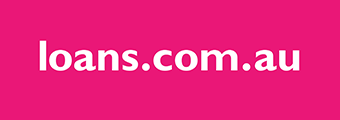
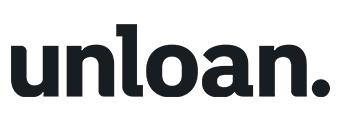
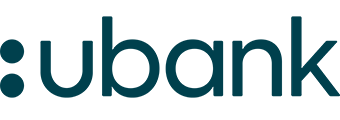
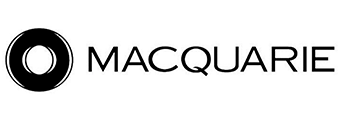


 Bea Garcia
Bea Garcia
 Denise Raward
Denise Raward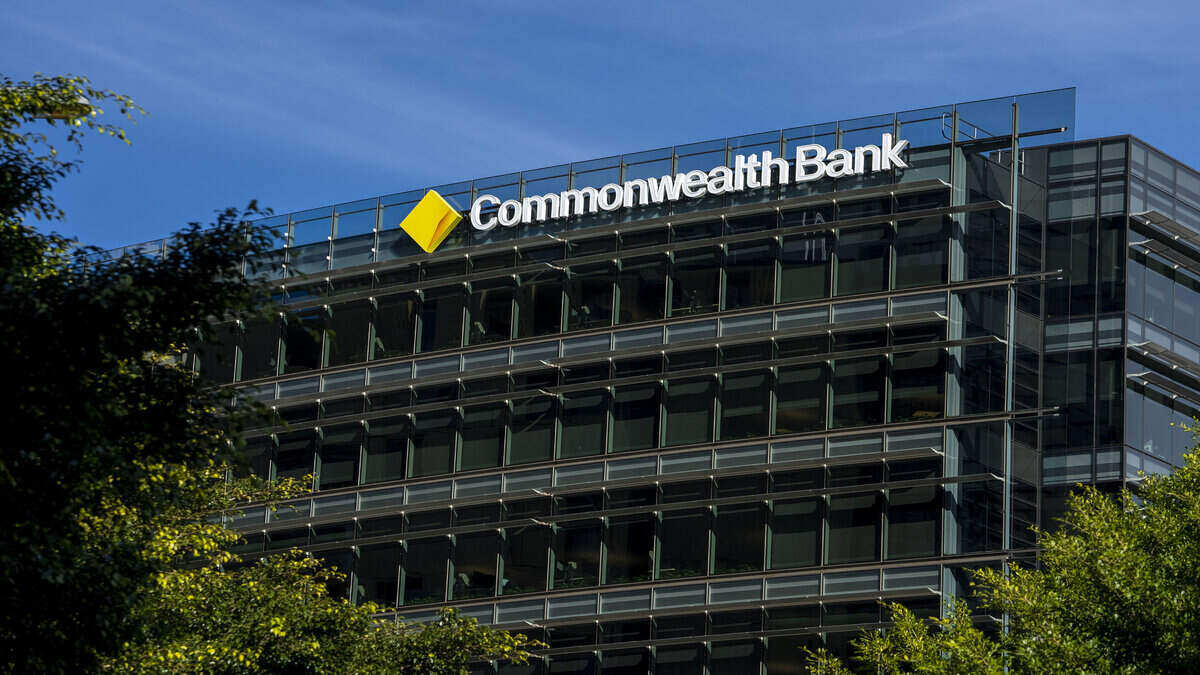
 Harry O'Sullivan
Harry O'Sullivan

 Harrison Astbury
Harrison Astbury